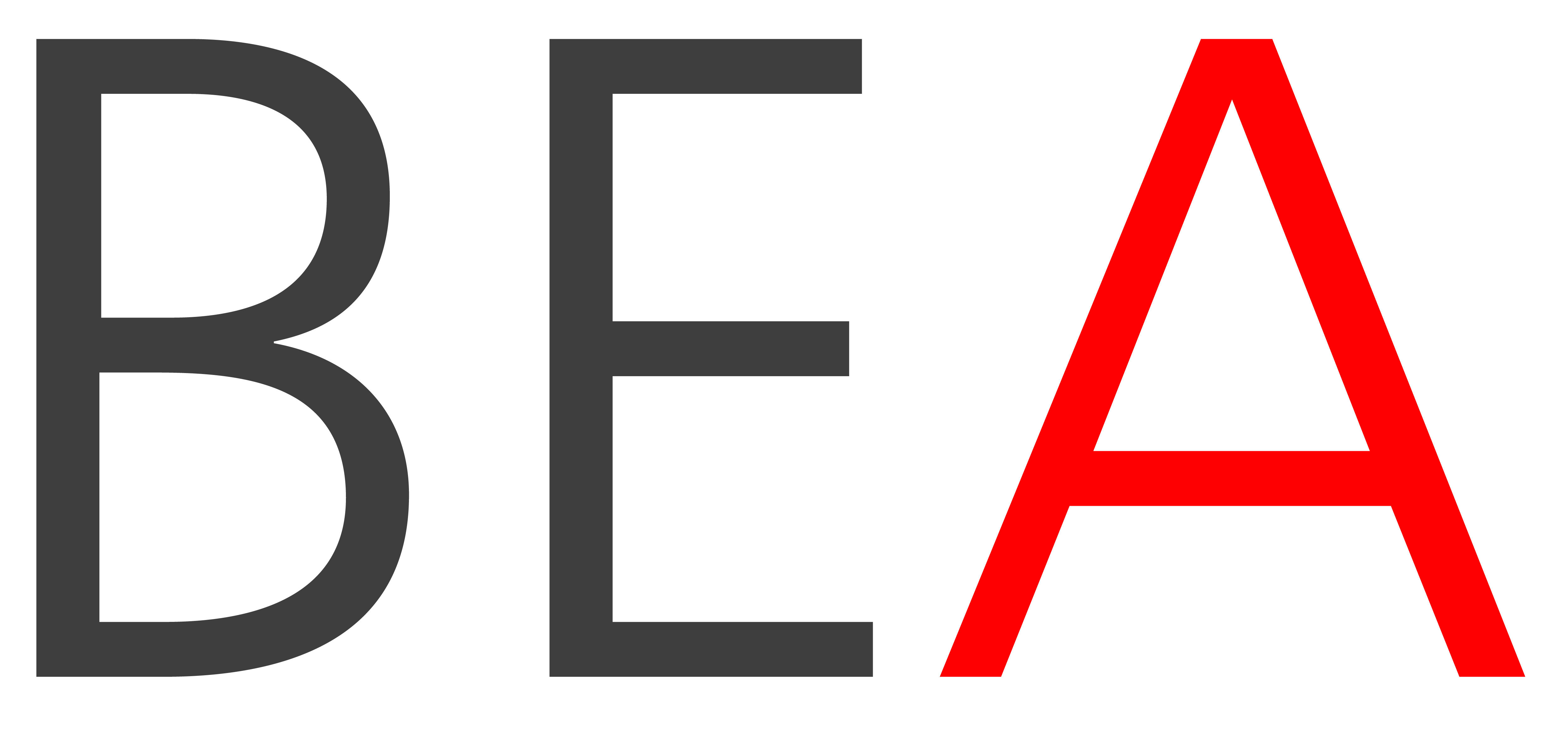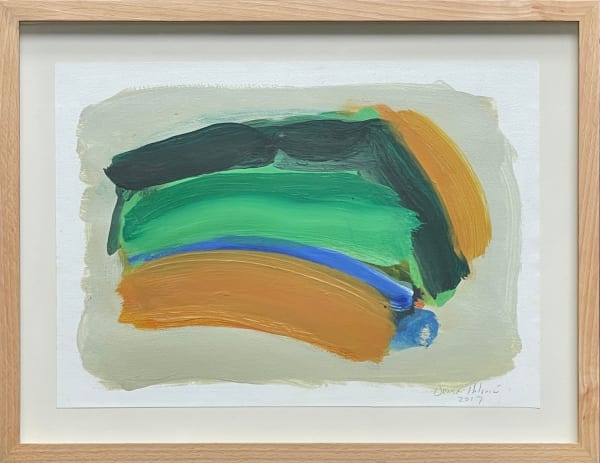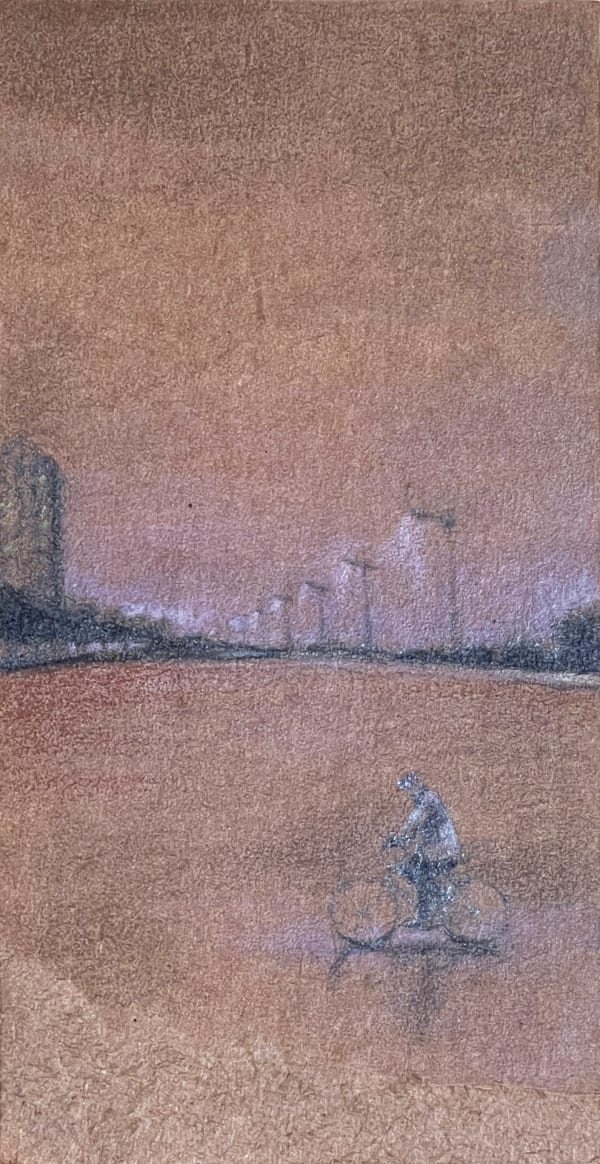Uribe-Holguín's work is akin to the craft of an alchemist, experimenting directly on the canvas to uncover the power and mystery of layers and color.
Santiago Uribe-Holguín is a renowned Colombian artist who reinvents the expressive possibilities and physical properties of oil painting, one of the most emblematic techniques in the history of Western art. His abstract compositions may appear to stem from immediate gestures at first glance, yet they involve a complex process of applying layers of warm and cool colors. This method is influenced as much by the artist's hand as by the unpredictable drying times of the oil, where intuition, time, and conscious observation bring to life overlapping veils of yellows, greens, blues, and whites.
Uribe-Holguín's work synthesizes a tireless creative journey that has oscillated between figuration and abstraction, incorporating materials such as sand and marble dust to add depth to his compositions. This journey is a constant empirical investigation into painting, reflecting on approaches from the frescoes of ancient Rome to the works of Vermeer and Antoni Tàpies. His work draws particular influence from 20th-century expressionist artists like Willem De Kooning and Joan Mitchell, who explored the power and mystery of color in its purest form.
However, Uribe-Holguín's art goes beyond revisiting styles or eras; it is akin to the craft of an alchemist experimenting directly on the canvas with oil paints, binders, and solvents. His process involves working on multiple large canvases and continuously returning to them until achieving the final layer or touch.
In essence, Uribe-Holguín's art is marked by both continuity and a break from tradition, a desire to reveal and conceal, and an introspective reflection possible only through technical mastery and maturity. His work generates optical effects, transparencies, and textures with absolute fluidity, inviting viewers to decipher its subtle strata and explore each layer of the "skin" of the painting.
-
 Shapes and Shades C, 2017View more details
Shapes and Shades C, 2017View more details -
 The Skin of Painting 3, 2023View more details
The Skin of Painting 3, 2023View more details -
 Untitled (Gray and Yellow), 2025View more details
Untitled (Gray and Yellow), 2025View more details -
 Untitled (Green Blue, White and Red), 2025View more details
Untitled (Green Blue, White and Red), 2025View more details -
 Untitled (Green), 2025View more details
Untitled (Green), 2025View more details -
 Untitled (Orange), 2025View more details
Untitled (Orange), 2025View more details -
 Untitled (Red, White and Brown),, 2025View more details
Untitled (Red, White and Brown),, 2025View more details
Santiago Uribe-Holguín studied in Spain for most of his academic career; at the "Academia Peña," the "Escuela de Artes y Oficios," and the "Círculo de Bellas Artes," all in Madrid. He has undergone a great deal of growth and change throughout his artistic trajectory, starting out as an almost purely figurative painter and evolving little by little into abstraction. Throughout his career he has participated in major exhibitions and art fairs in Colombia and abroad.
-

Art Palm Beach 2024
25 - 28 Jan 2024INTROSPECTIVE LANDSCAPES BEA's Colombian Artists Redefine Landscape at Art Palm Beach 2024 Embark on a journey where art transcends the ordinary as Beatriz Esguerra Art...Read more -

Los Angeles Art Fair 2023
15 - 19 Feb 2023BEYOND PAPER Colombian artists redefining paper. For decades Colombian artists have been redefining what art on paper is and can be. Next to traditional drawing...Read more -
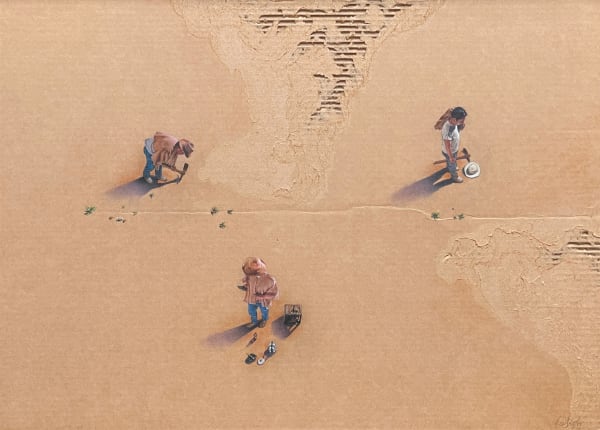
Art on Paper NY 2022
8 - 11 Sep 2022BEYOND PAPER Three Colombian artists redefining drawing Beatriz Esguerra Art at Art on Paper NY For decades Colombian artists have been redefining what drawing is...Read more -
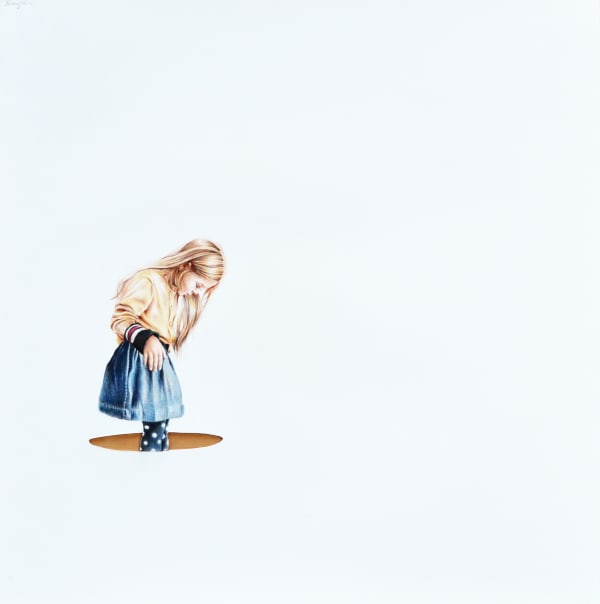
Dallas Art Fair 2021
11 - 14 Nov 2021FIGURE AND SPACE The allure of silent spaces, and figures that interact within them. “Figure and Space” brings together the work of seven Colombian artists...Read more -
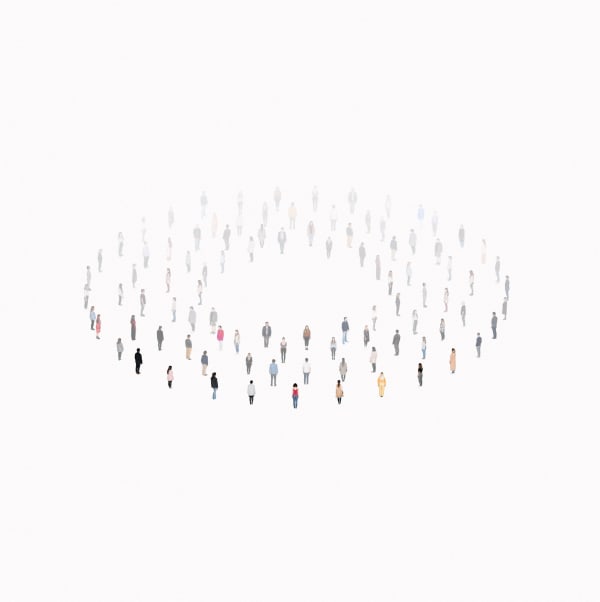
Artbo 2021
Conversations 29 Sep - 3 Oct 2021Take a virtual 3D tour of the exhibition CONVERSATIONS During ARTBO 2021, Beatriz Esguerra Art will present the group show 'Conversations,' an exhibition that brings...Read more -

Art on Paper 2021
"Figure and Space" 9 - 12 Sep 2021The allure of silent spaces, and figures that interact within them. Figure and Space brings together the work of six Colombian artists whose expressions, although...Read more
-

Invisible Territories
A group show of Colombian artists 12 - 31 Jul 2025INVISIBLE TERRITORIES This exhibition brings together prominent Colombian artists who, through diverse techniques and visual languages, explore the human condition, memory, identity, and the relationship with nature-reflecting the cultural richness...Read more -

The Skin of Painting
Recent works by Santiago Uribe-Holguín 16 Mar - 26 Apr 2024THE SKIN OF PAINTING By Constanza Ontiveros * What lies behind the changing anatomy of a stroke? In his new exhibition at BEA, the renowned Colombian artist Santiago Uribe-Holguín reinvents...Read more -

New Arrivals by Gallery Artists
View and Inquire here 17 Mar - 7 Apr 2023Newly arrived and available for sale, recent works by: Pedro Ruiz Carlos Nariño Santiago Uribe-Holguín Carolina Convers Armando Castro-Uribe Angelica Chavarro Luis Luna Contact the gallery for more information: be@beatrizesguerra-art.comRead more -

Fiorhe
Colectiva de Artistas de Beatriz Esguerra en Fiorhe 26 Aug - 10 Oct 2022Read more -

Conversations in Small Format
A Small Format Gallery Group Show 9 - 22 Dec 2021CONVERSATIONS A Small Format Gallery Group Show After a year of hardwork and adjustment, we are happy to share that 2021 ends on a high note. To celebrate the end...Read more
